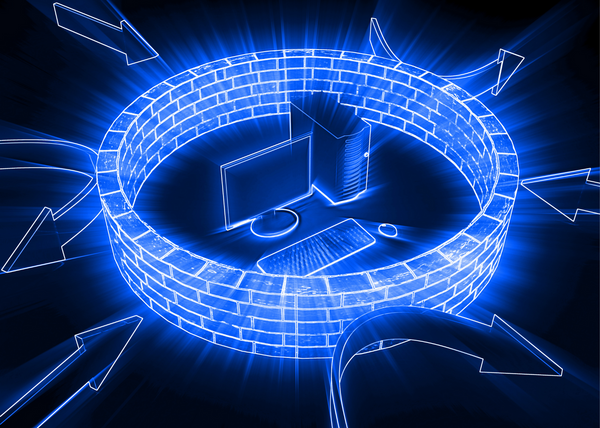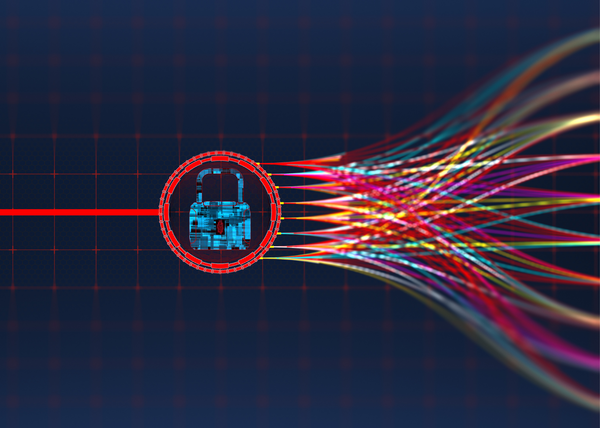With millions of employees now accessing IT resources remotely, the corporate network perimeter has all but disappeared. That’s why the “zero trust” model has become an essential element of modern security. Zero trust is a system-wide cybersecurity strategy that assumes every user and device is a threat until their identity has been verified and access rights validated. Core zero-trust technologies include identity and access management (IAM), multifactor authentication, real-time user verification, device validation, privilege limitations and network segmentation.
It isn’t a particularly new concept — Forrester Research outlined a version of zero trust back in 2010. In fact, private-sector companies worldwide have been building zero-trust concepts into their core security fabric for some time. However, the mass transition to remote work has accelerated adoption. According to one recent study, 88 percent of senior security executives now consider zero trust a business imperative. Gartner has projected that spending on zero trust will reach almost $900 million in 2022 and exceed $2 billion by 2026.



